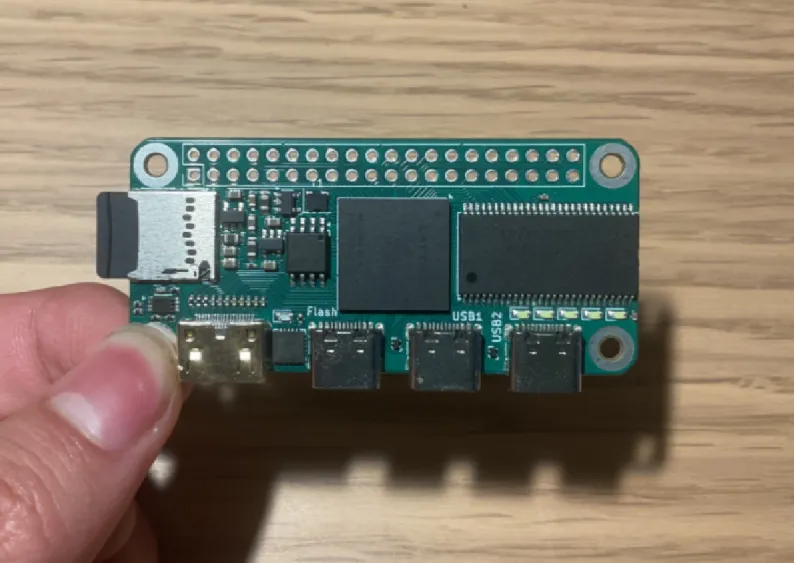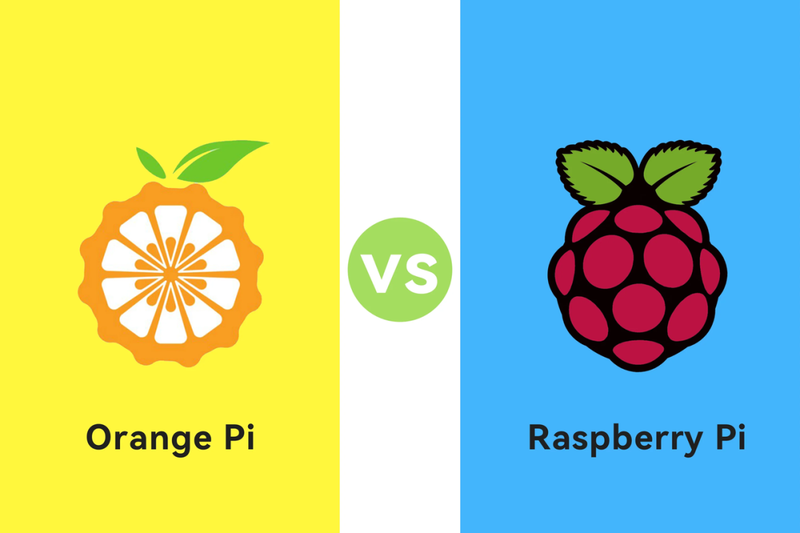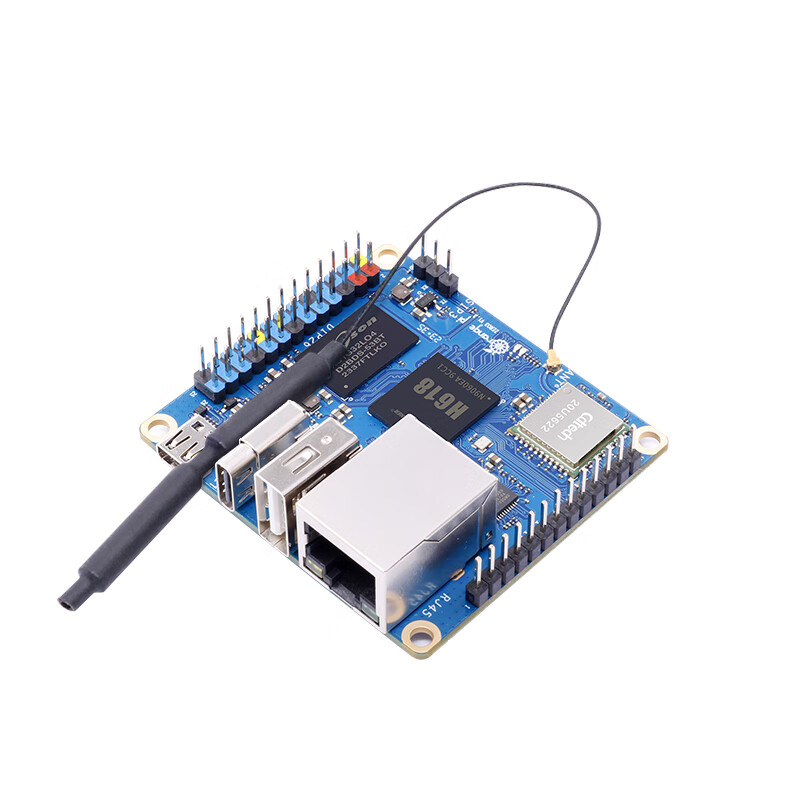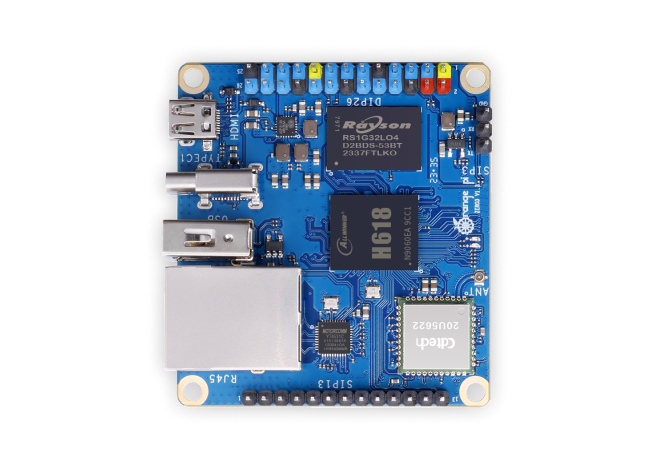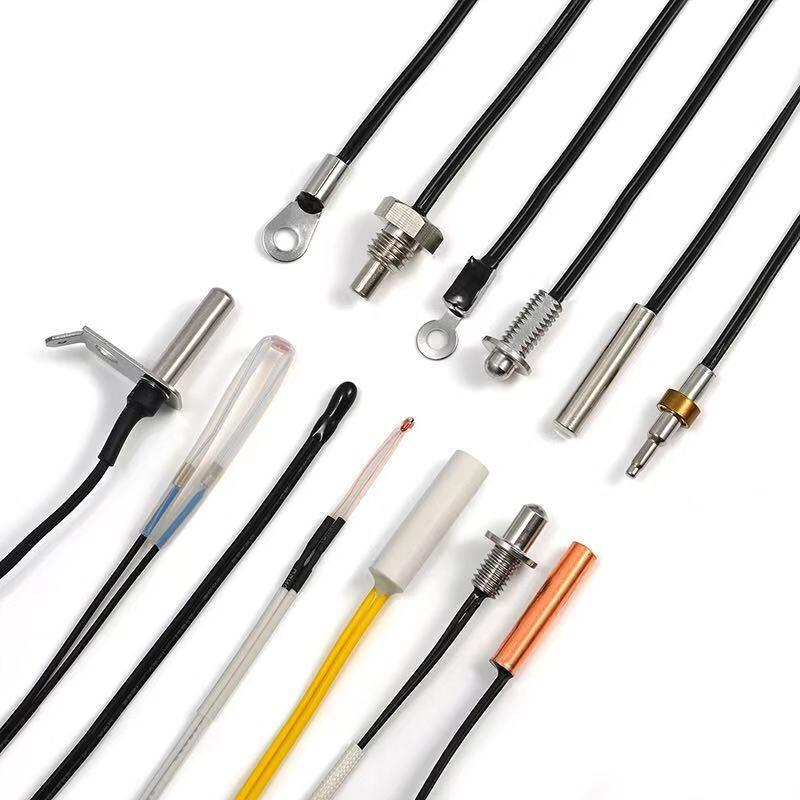
I. Introduction
Harsh environments pose significant challenges to the performance and reliability of temperature sensors. These environments can include extreme temperatures, high humidity, corrosive substances, and strong vibrations. PT1000, a type of resistance temperature detector (RTD), is a popular choice for temperature measurement. But the question remains: can it be used in harsh environments?
II. Adaptability to Extreme Temperatures
A. High - Temperature Environments
PT1000 sensors are capable of operating in relatively high - temperature environments. They can typically withstand temperatures up to around 850°C, depending on the construction and the quality of the sensor. For example, in industrial furnaces used for metal smelting or heat treatment processes, where temperatures can reach several hundred degrees Celsius, PT1000 sensors can be used to monitor the temperature accurately. The platinum element in the PT1000 has a stable resistance - temperature relationship even at high temperatures, which allows for reliable temperature measurement.
B. Low - Temperature Environments
In cold environments, such as in cryogenic applications or in Arctic regions, PT1000 sensors can also perform well. They can accurately measure temperatures as low as - 200°C. The stable properties of platinum ensure that the sensor's performance does not degrade significantly at low temperatures, making it suitable for applications like monitoring the temperature of liquefied gases.
III. Resistance to Humidity and Corrosion
A. Humidity
PT1000 sensors can be designed to be resistant to high humidity. By using proper encapsulation materials, the sensor can be protected from moisture ingress. For example, in a food processing plant where there is high humidity due to steam and water spray, a PT1000 sensor with a waterproof and moisture - resistant housing can be used. The encapsulation prevents the moisture from affecting the electrical properties of the platinum element, ensuring accurate temperature measurement.
B. Corrosion
However, in highly corrosive environments, the performance of PT1000 sensors may be affected. Platinum is a relatively noble metal, but in the presence of strong acids or alkalis, it can still be corroded over time. For example, in a chemical plant where there are corrosive chemicals in the air or in contact with the sensor, special protective coatings or enclosures are required. If the sensor is not properly protected, the corrosion can change the resistance of the platinum element, leading to inaccurate temperature measurements.
IV. Vibration and Shock Resistance
A. Vibration
In environments with strong vibrations, such as in heavy machinery or on moving vehicles, the mechanical integrity of the PT1000 sensor is crucial. Well - designed PT1000 sensors can withstand a certain level of vibration. The sensor's construction should be robust to prevent the internal components from loosening or getting damaged due to vibrations. For example, in an engine testing facility where there are high - frequency vibrations, a PT1000 sensor with a sturdy housing and proper mounting can maintain its performance.
B. Shock
Similarly, PT1000 sensors need to be able to withstand shocks. In applications where there are sudden impacts, such as in mining equipment or construction machinery, the sensor should not be damaged. Some PT1000 sensors are designed with shock - absorbing features to protect the platinum element from mechanical damage caused by shocks.
V. Electromagnetic Interference (EMI) and Radio - Frequency Interference (RFI)
In industrial environments, there is often a lot of electromagnetic and radio - frequency interference. PT1000 sensors can be affected by EMI and RFI, which can introduce noise into the measurement signal. To mitigate this, proper shielding and grounding techniques can be used. For example, in a power generation plant where there are large electrical motors and generators, the PT1000 sensor cables should be shielded to reduce the impact of EMI and RFI on the temperature measurement.

